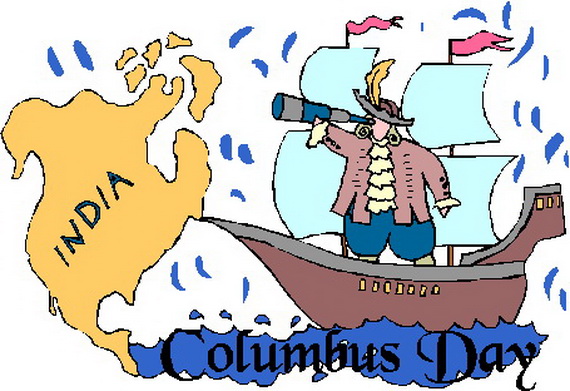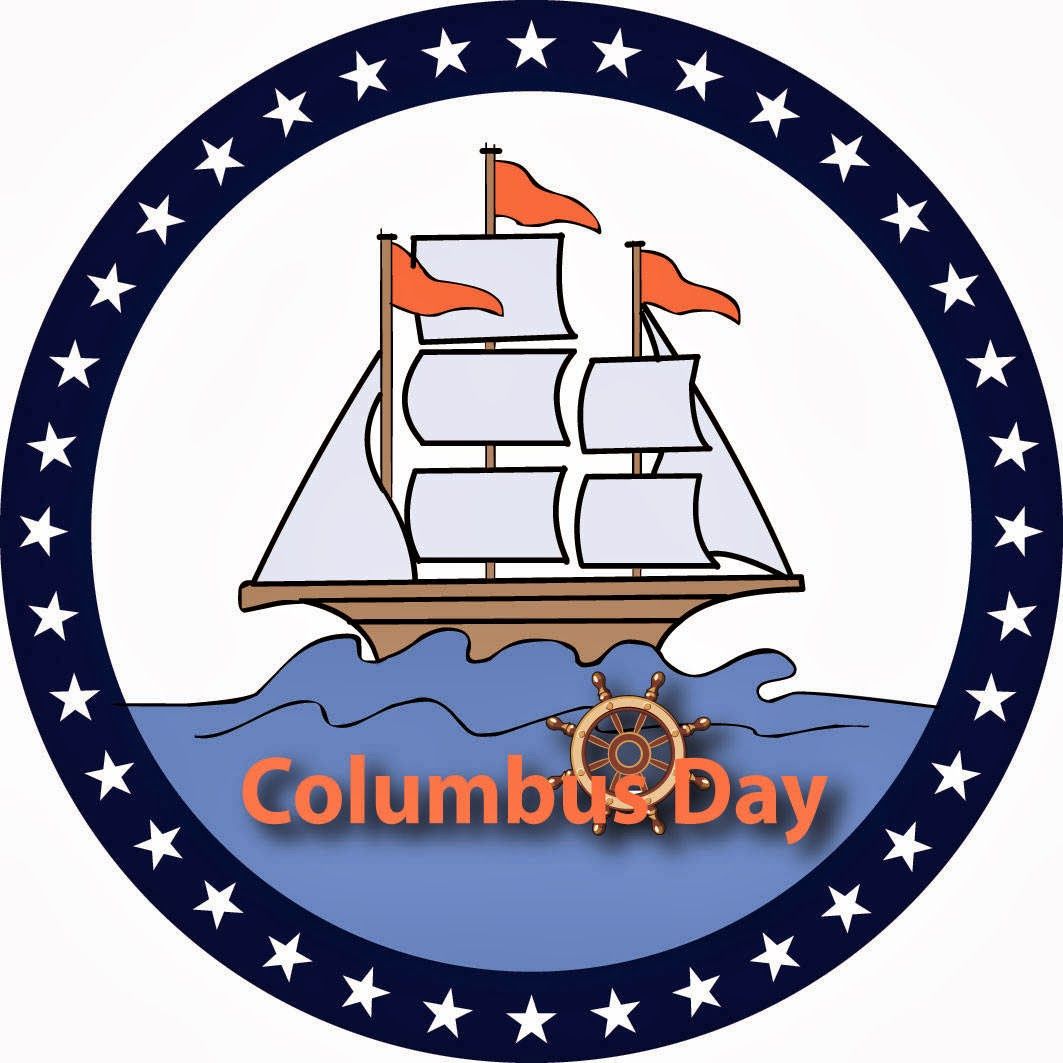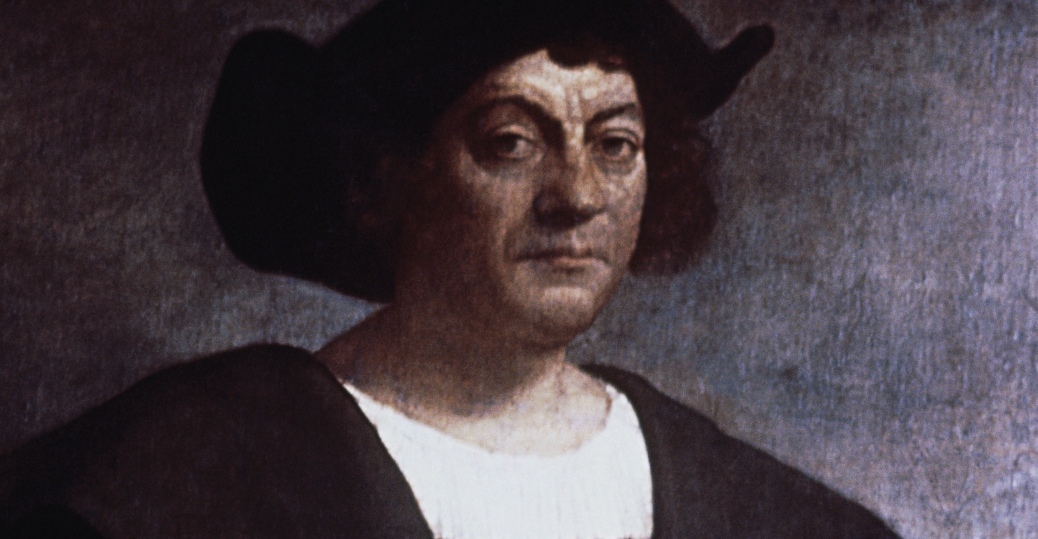
By contrast, the debate surrounding Columbus in Europe and Latin America became closely associated with critical perspectives on Spain’s territorial expansion. The United States created a new narrative and integrated Columbus into its national mythology after gaining independence from Great Britain. This symbolic role means that retrospective evaluations of Columbus’s personality and achievements have not only drawn on the latest developments in historical scholarship, but also the prevailing zeitgeist and political context. However, over time – and as greater access was granted to the Spanish archives – Columbus returned to public consciousness to become the global symbol of European territorial expansion in the 15th and 16th century. Moreover, prior to his early death, Columbus undertook three more expeditions, whose lack of success eclipsed the triumphant news of his first voyage. It was, after all, Amerigo Vespucci who bequeathed his name to the continent.

Columbus’s name initially fell into relative oblivion. This dawning realization was closely tied up with Europe’s ongoing pursuit of territorial expansion and the far-reaching consequences of colonization. However, it was only over the course of the ensuing century that the events came to be understood and appraised in terms of an epochal shift. This was later vindicated, particularly after Amerigo Vespucci (1451–1512) realized that the territories encountered by Columbus were in fact part of a ‘new’ continent. The sense that 12 October 1492 heralded something ‘new’ – which, moreover, could not be easily reconciled with existing notions of the world – is evident early on in European sources. In his book Columbus and Day of Guanahani – 1492: A Turning Point in History, the historian Stefan Rinke (a professor at the Freie Universität Berlin’s Institute for Latin American Studies) traces the significance of 12 October 1492 in world history, and looks at how the event was interpreted by contemporaries and subsequent generations. R 53/2894, © DHM Perceptions of 12 October 1492 through the Mirror of History However, no one disputes the significance of Columbus’s first voyage or the announcement that promptly came in its wake, since news of what lay on the other side of the Atlantic proved to be an important catalyst in Europe’s continuing global expansion.Įpistola de insulis nuper inventis: Letter from Christopher Columbus to Luis de Santángel, private treasurer to King Ferdinand of Spain, after 23 April 1493, inv.

We also now know that Columbus was by no means the first person to have journeyed across the Atlantic. However, the letter contains no mention of ‘America’ or even a new continent, as, right up until his death in 1506, Columbus persisted in his belief that he had in fact landed on Asian shores. It marks the moment when news of the European discovery of America became public knowledge and spread with tremendous speed on the back of the thriving print trade. Originally written in Spanish, the first Latin translation of this letter (published in 1493) features in our Europe and the Sea exhibition.

There it is, quite small and unremarkable: the first letter written by Christopher Columbus about his discoveries on the other side of the Atlantic. The historian Christiana Brennecke, who curated the section on European expansion in our “ Europe and the Sea” exhibition, here explains why the historic date continues to be commemorated and is even celebrated as Spain’s national holiday. On 12 October 1492, Christopher Columbus landed on the island of Guanahani (part of the present-day Bahamas).


 0 kommentar(er)
0 kommentar(er)
